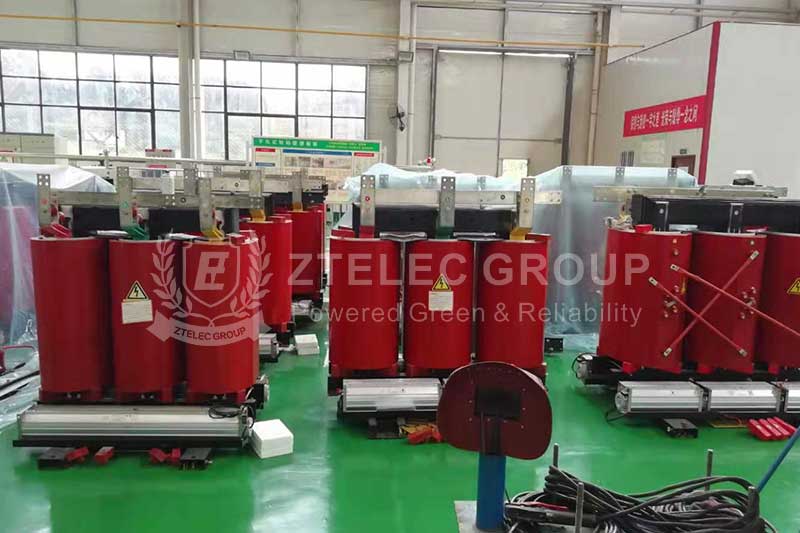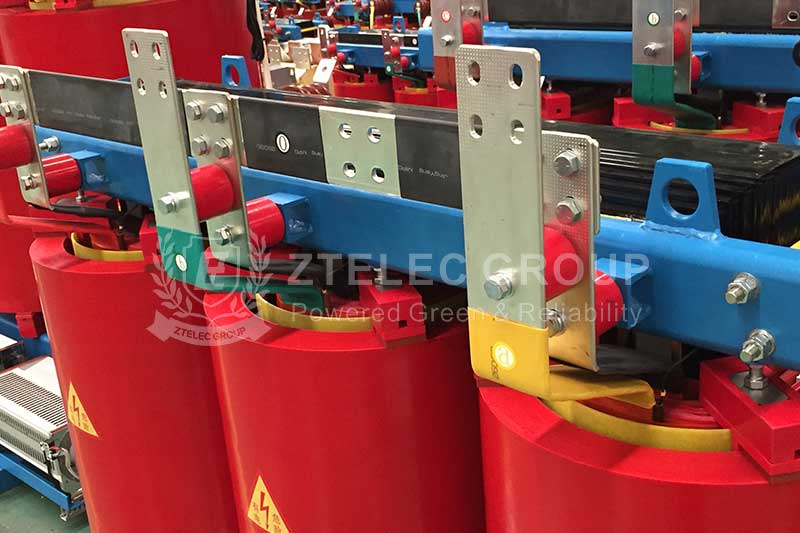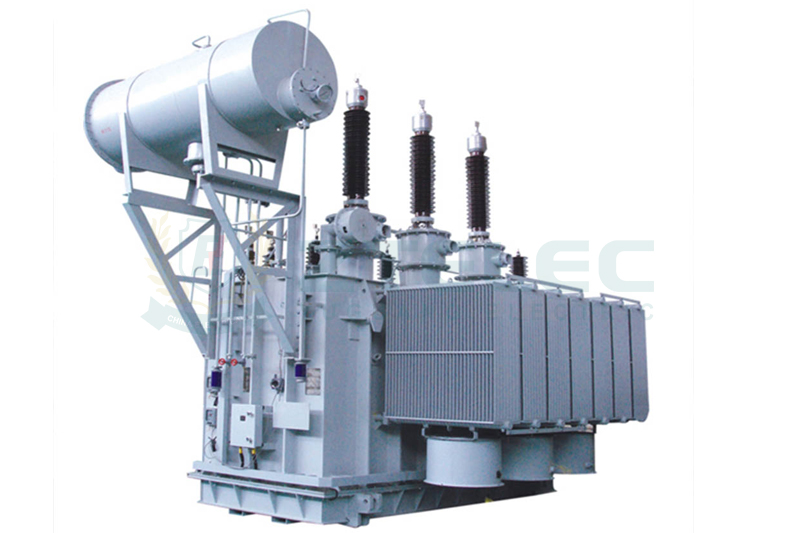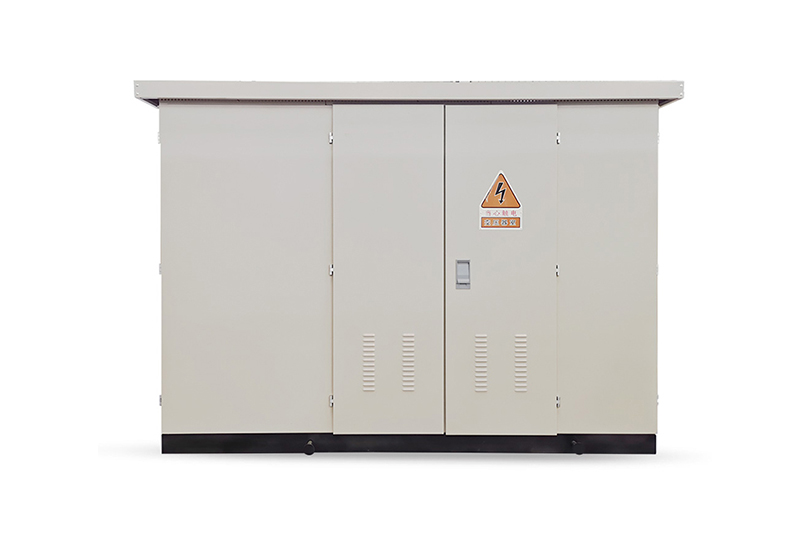What are the troubleshooting tips for dry-type transformers?
Time:2025-02-24 Auther:ZTelec-www.ztelectransformer.com
Dry-type transformers play a vital role in the power system, but they will inevitably encounter some faults during long-term operation. In order to ensure the normal operation of the transformer and extend its service life, this article will introduce several common dry-type transformer faults and their solutions to help you better understand and deal with the problem.

Common dry-type transformer faults and their diagnostic methods include:
1. Insulation resistance reduction
Dry-type transformer windings are mostly made of resin casting, and the conductor material is sealed in it. Therefore, the reduction of its insulation resistance is mostly caused by condensation of water vapor on the winding surface, accumulation of dust, or moisture in some insulation materials. It can be divided into the following categories:
· All high and low voltage windings are cast with epoxy resin. If insulation resistance decreases, it is generally caused by condensation of water vapor, dust and other debris on the winding surface.
· When the high voltage winding is cast with epoxy resin and the low voltage winding is not cast, the epoxy board used to fasten the low voltage winding is also prone to moisture absorption, resulting in insulation reduction. When installing the transformer in place, debris falling into the low voltage winding and between the core column is also easy to cause the overall insulation to decrease. When using a megohmmeter to measure the insulation of the core to the ground, insulation reduction often occurs.
Treatment method: The winding surface can be cleaned by turning off the power, and natural air drying or drying can be used.
2. Multi-point grounding of the core
Multi-point grounding of the core may be caused by external factors such as negligence in construction and installation, the loss of metal foreign objects, and moisture in the insulation material, or by internal factors such as defects in the insulation material, improper design and installation process.
Treatment method: The treatment of multi-point grounding of the transformer is more complicated. If it is an external factor, the transformer needs to be cleaned and dried, and the no-load method can be used for baking when necessary. If it is an internal factor, it is necessary to use the step-by-step troubleshooting method for processing. This requires the use of DC and AC methods to find the fault points of the multi-point grounding of the core. If the cause is not found, it is recommended to return the product to the factory for processing.

3. Abnormal temperature rise
This fault may be caused by the failure of the thermostat, the failure of the blower, the excessive load or the deterioration of the heat dissipation conditions.
Treatment method: Check whether the cooling system is working properly. If not, repair or replace it in time.
Regularly clean and maintain the heat dissipation equipment on the surface of the transformer to ensure good heat dissipation effect.
Reasonably arrange the load of the transformer to avoid overload operation.
4. Abnormal sound
When the transformer is operating normally, it will emit a continuous and uniform “buzzing” sound. If the operating sound is uneven or there are other special sounds, it may be caused by loose core clamping, poor switch contact, overload operation, etc.
Treatment method: Check the corresponding components according to the source of the sound.
5. DC resistance unbalance rate exceeds the standard
The fault may be caused by a loose bolt or a wrong test method.
Treatment method: Check the bolt connection and test method.
Dry-type transformer failures may be caused by a variety of factors, including external environment and internal design problems. Different treatment methods need to be adopted for different failures, such as cleaning and drying, step-by-step troubleshooting, checking the cooling system, fastening components, etc. In actual operation, if you encounter complex failures, it is recommended to seek help from professional maintenance personnel to ensure the safe operation and long-term stability of the transformer.




